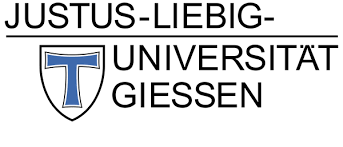Yelognisse Frédi Agbohessou returns to UPS

Yelognisse Frédi Agbohessou, a PhD student from the Institut Sénégalais de Recherches Agricoles (ISRA), Dakar, Senegal, returned to Toulouse in March 2022 for a second secondment as part of the H2020 MSCA-RISE INSA project.
Frédi’s research looks to improve estimates of the carbon and nitrogen budget for Sahelian landscapes in Africa and greenhouse gas (GHG) emissions from soils. Frédi has been working on the parameterization, calibration and validation of the Sahelian Transpiration, Evaporation and Productivity (STEP) model that is used to: investigate vegetation processes leading to biomass production in savannas, investigate soil processes leading to GHG emissions, and produce 2D maps of GHG fluxes at the scale of Sahelian landscapes. The initial results are very promising. The annual budget of N2O emissions simulated for the site of Dahra, Senegal, are consistent with the results from other studies carried out in similar ecosystems. Results suggest that the largest N2O emissions are induced by both nitrification and denitrification processes, whereas usually denitrification is the major process involved. Indeed, Dahra is located in a semi arid area where soil moisture is low and conditions are not favourable for denitrification processes.
The coupled STEP-GENDEC-N2O model has also been spatialized at country scale to investigate the spatial distribution of GHG emissions from soils in Senegal. Simulations have been performed across the whole of Senegal, divided into 1821 grid cells of 0.1° x 0.1°, over 2-years (2019 and 2020). Initial results show a north-south gradient of green biomass and ecosystem respiration due to the spatial distribution of precipitation. The greatest N2O emissions were found at sites with the highest animal density and sufficient precipitations.
Frédi’s thesis is being supervised by Claire Delon, a CNRS researcher at the Aerology Laboratory (LAERO), and Olivier Roupsard from the Centre de Coopération Internationale en Recherche Agronomique pour le Développement (CIRAD). During his stay, he also worked with Eric Mougin and Manuela Grippa from the Laboratory Géosciences Environnement Toulouse (GET).



















